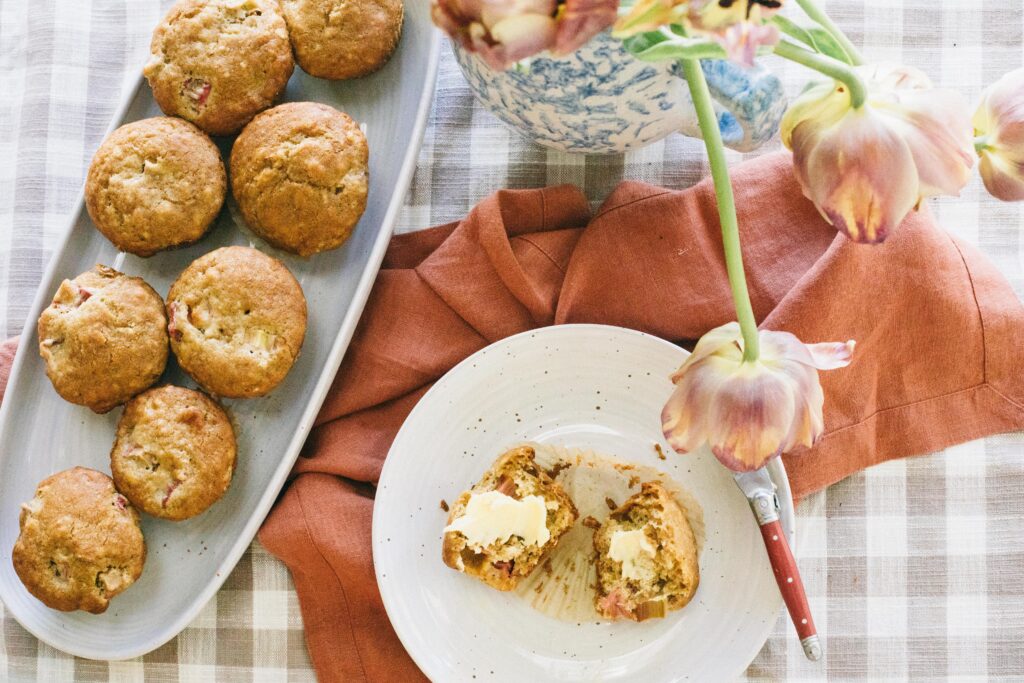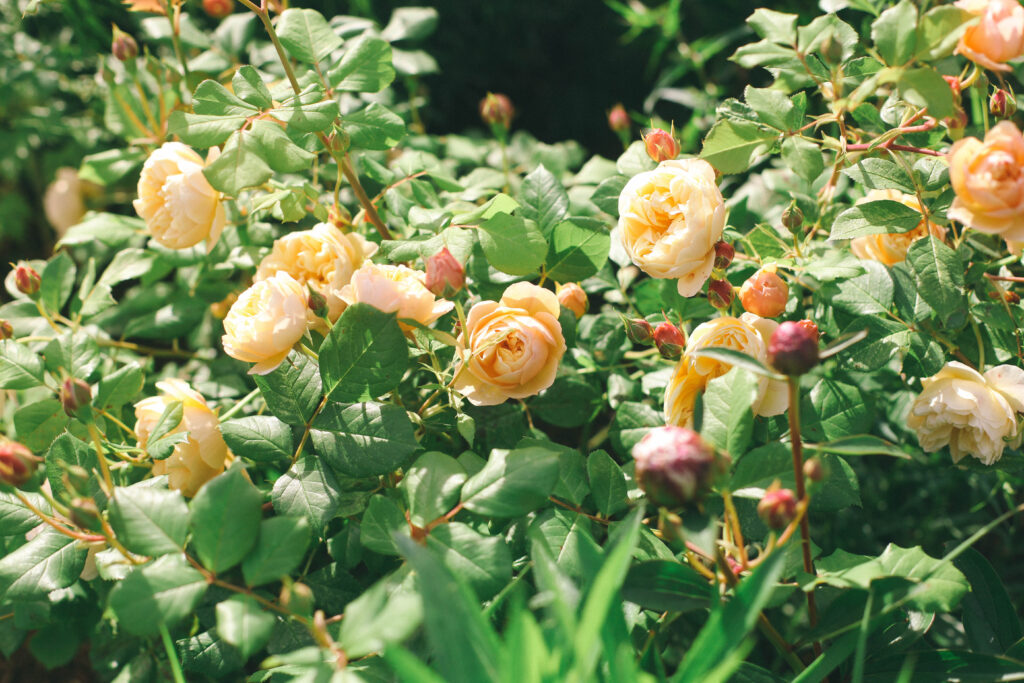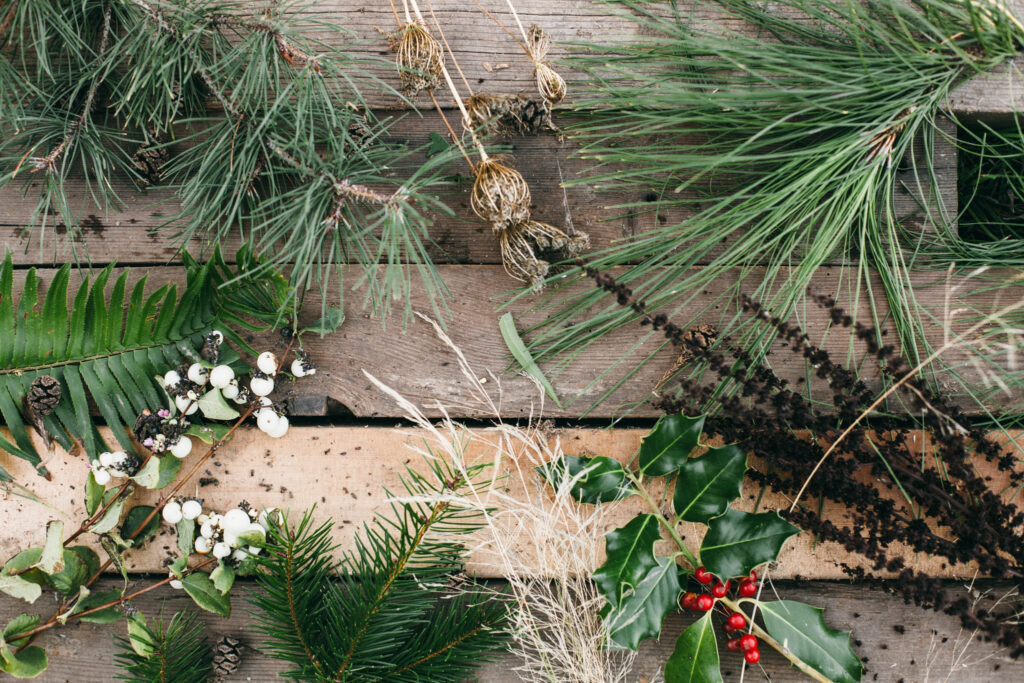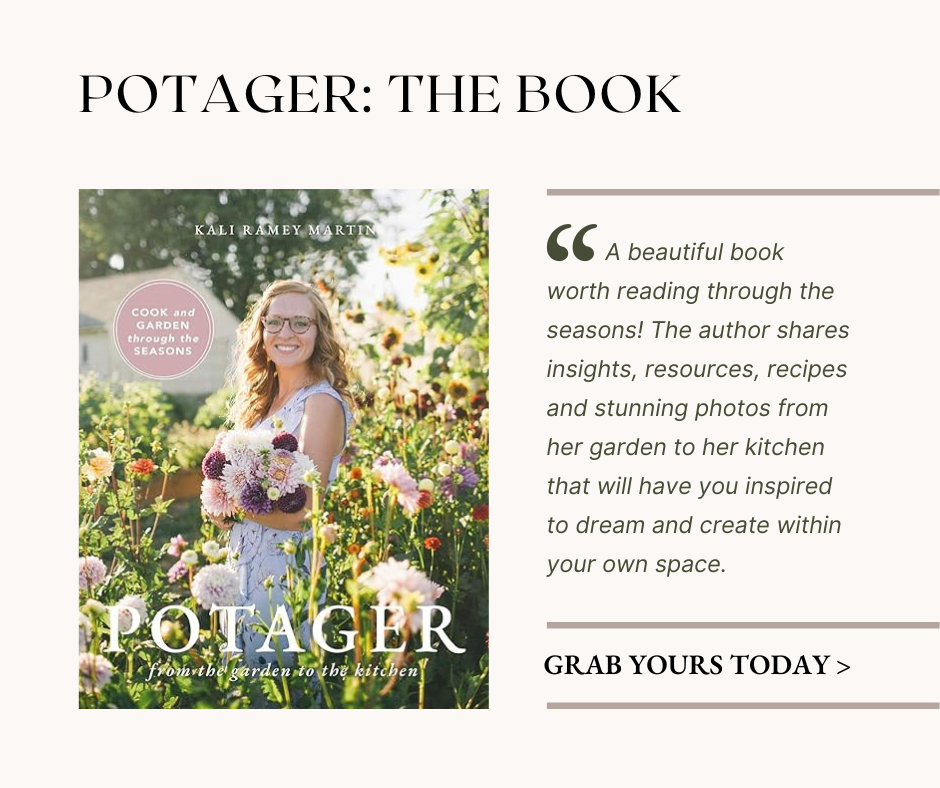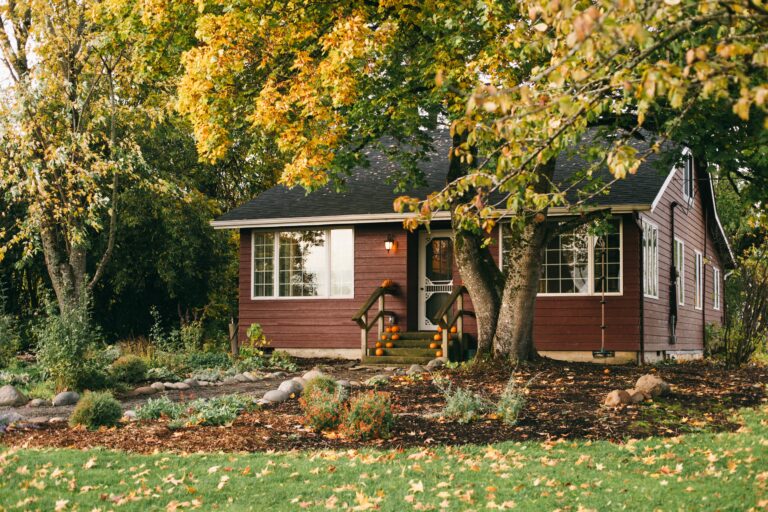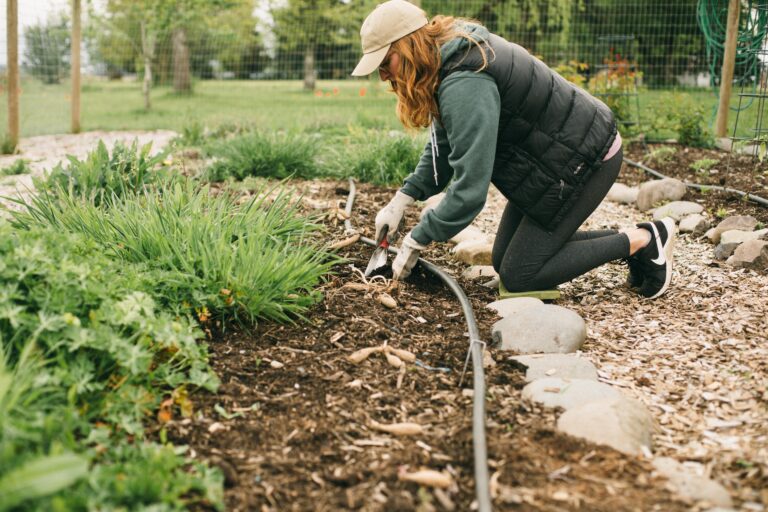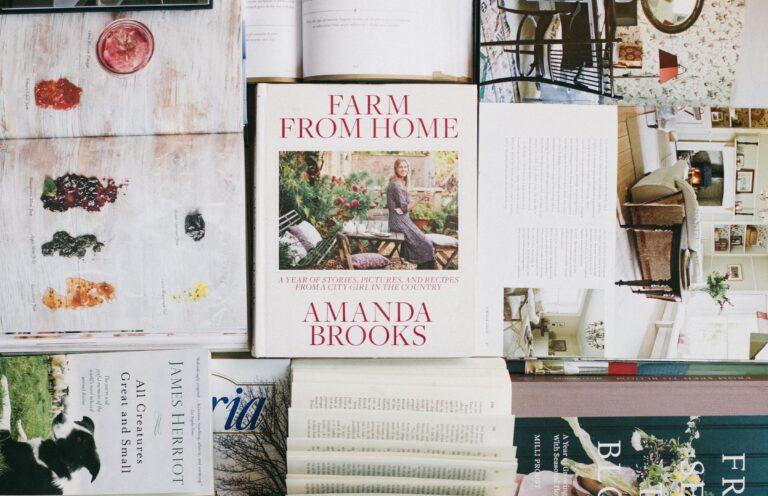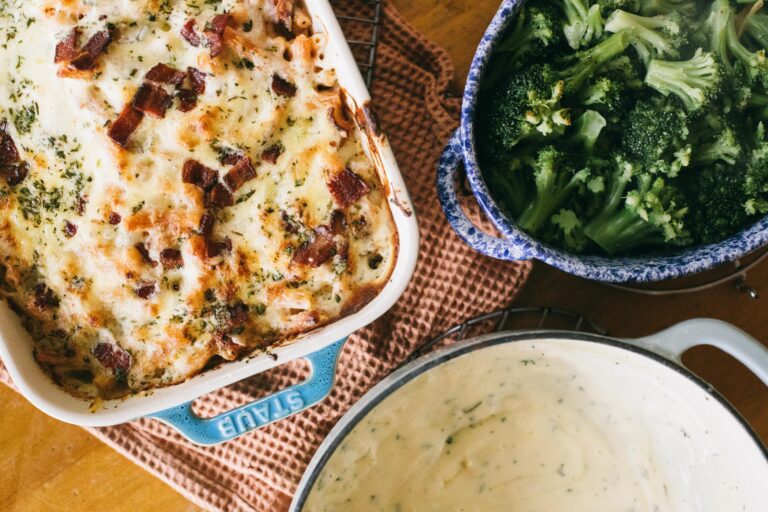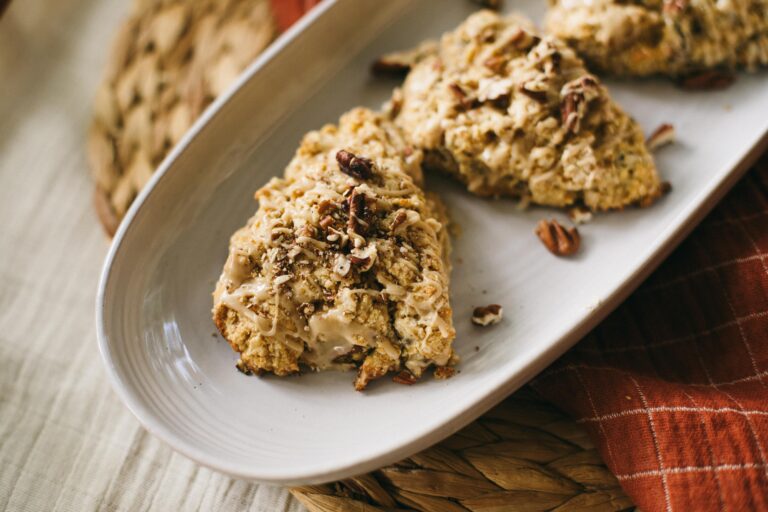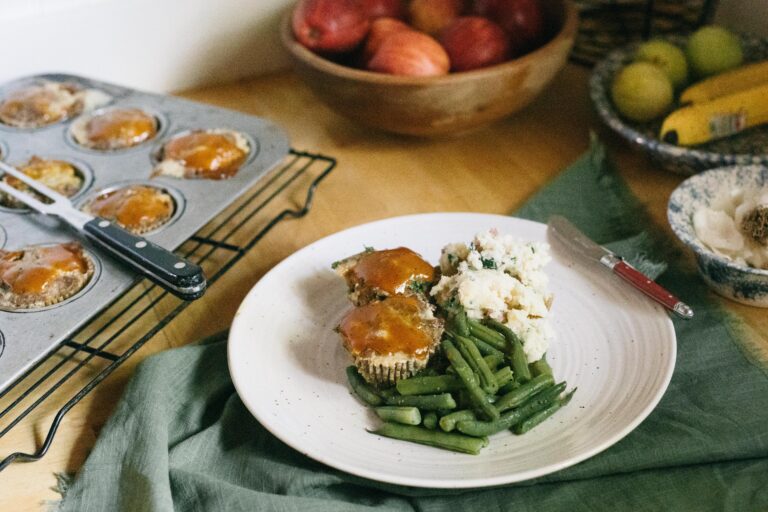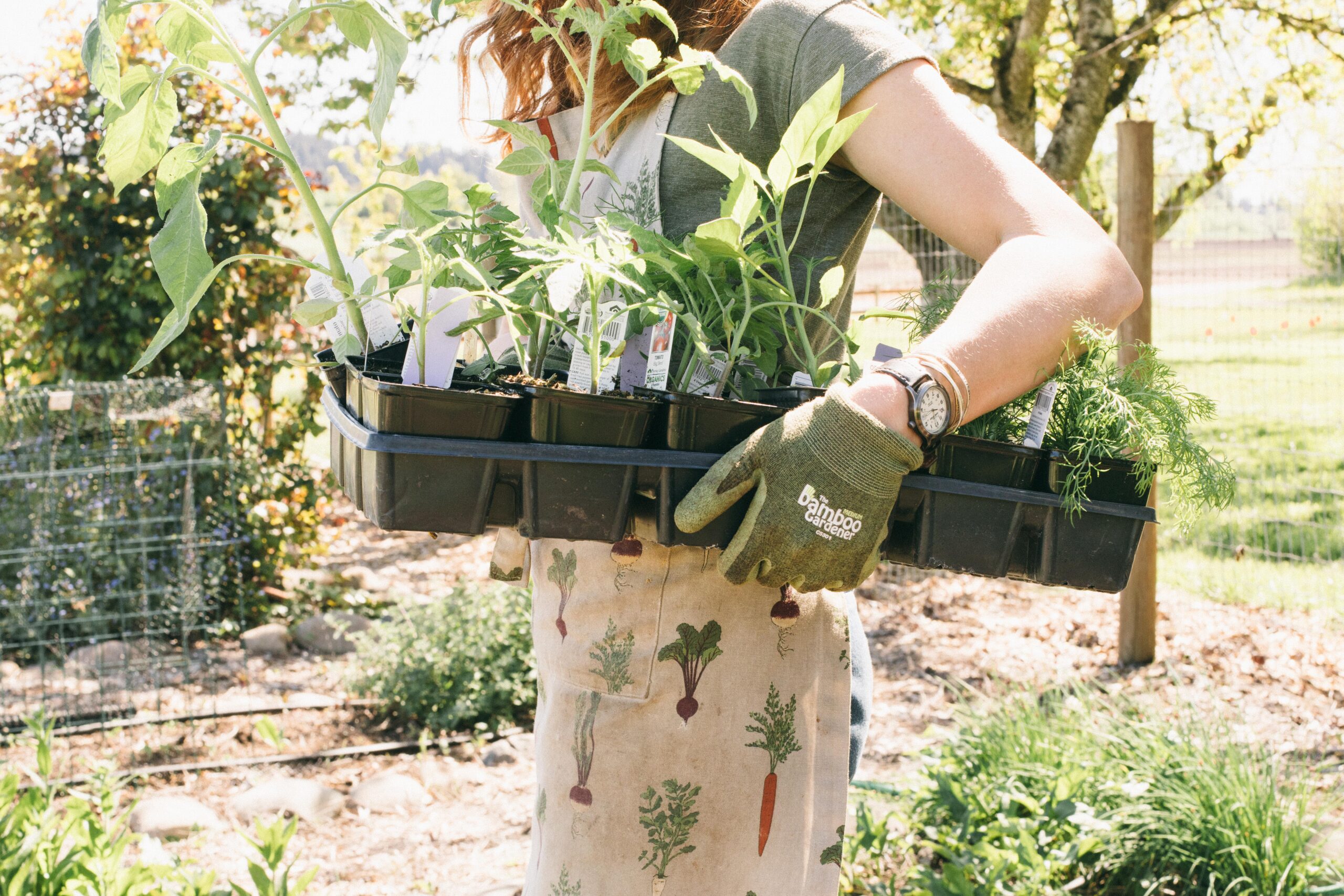
One of the reasons I love to write about gardening is because most of the time, there is really no “wrong” way to do things. When you plant a garden, you can use a myriad of different methods and still end up with a stellar result. Let’s take a look at the different ways you can enjoy planting your garden this year.
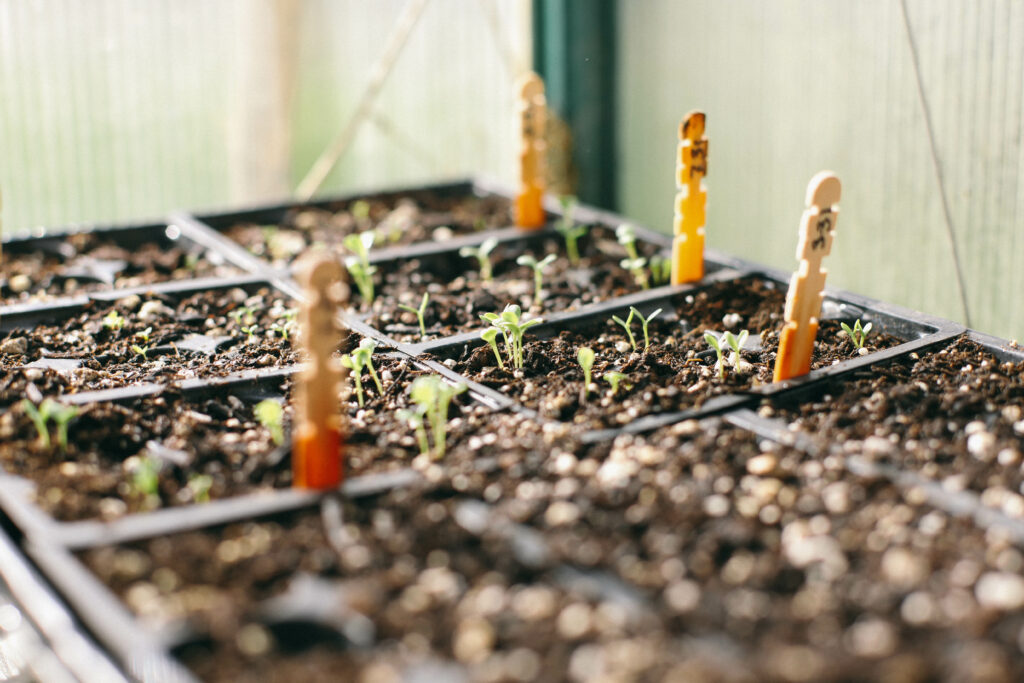
Starting garden seeds
Starting seeds indoors (or in a greenhouse) can be a super fun and cost effective way to fill your garden spaces. You simply buy seeds- which are relatively cheap- read the instructions on the back of the packet, gather the necessary materials and get to work!
Starting seeds is usually done early in the year. Some varieties need to be sown even as early as January or February. It’s a great way to get yourself through a long winter. It can be so fun and satisfying to watch those little seedlings come to life!
Starting flowers and veggies from seed usually requires:
- Seed starting trays. There are SO many seed starting trays on the market, but I have had the best luck simply using the big, wide open trays. I am not afraid of moving my seedlings to individual pots once they are a decent size. For me, the trays with individual small compartments always dry out too fast. Here are a few trays that Johnny’s offers. I haven’t tried soil blocking yet, but when I’m ready to start things from seed again, it’s first on my list!
- Seed starting soil. Some folks make their own custom mix, but I’ve always had decent luck with the basic bag from the feed store. The trick is to put it into a big rubbermaid bin, get it well hydrated, then fill your seed tray with the moist soil and plant your seeds. This way you don’t worry about washing away all those tiny seeds you just carefully planted.
- Dibber. I don’t actually have a dibber but I’ve always wished I did at seed starting time. This tool helps you make the appropriate size holes and gives you the right depth for planting your seeds.
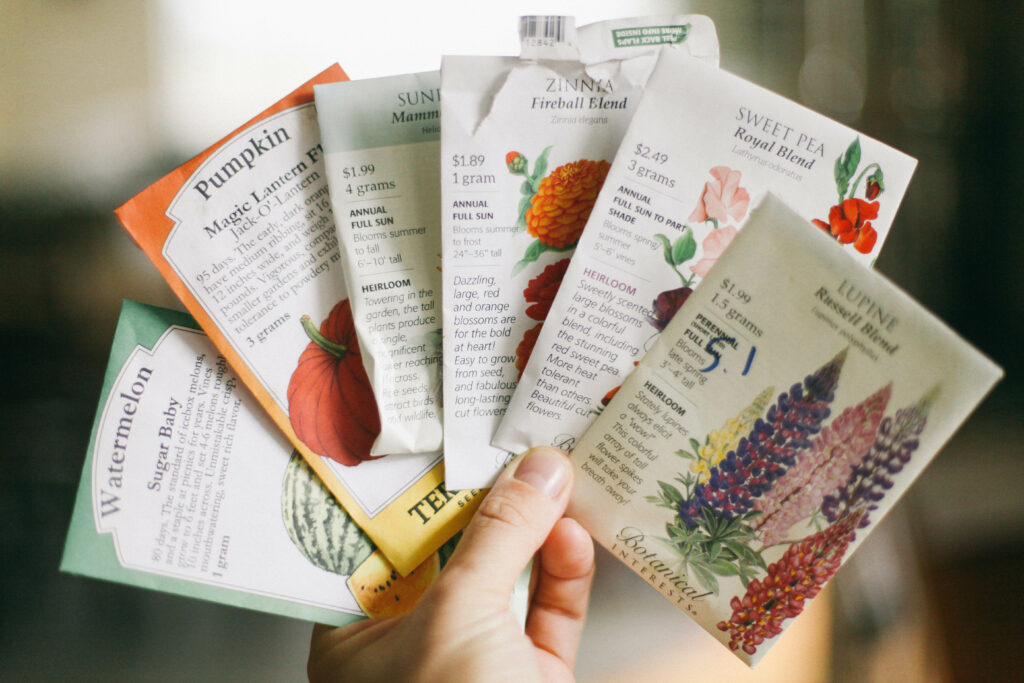
- Seeds. I source seeds from all over the place, but always organic if possible. Territorial Seed Co. is local to me, and I’ve had very good luck with their vegetable seeds in the past. Buying locally raised seeds just makes me feel like there is a better chance each variety knows how to survive in my climate.
Optional ways to start garden seeds
- Grow lights. I have never used grow lights myself, but I know people who swear by them! A good option if you don’t have access to a greenhouse, or like me, don’t have room in your house for a heap of seedlings in front of the window.
- Greenhouse. A small greenhouse has been on my list ever since we first laid eyes on this property, but it has yet to materialize. Hopefully next winter we will be able to make it happen. I had a cheap kit greenhouse at our previous home and it worked perfectly!
Direct sowing seeds in your garden
The most traditional method of getting things going in the garden is simply tucking your seeds straight into the earth, or direct sowing. This is the main method I use for veggies and flowers in my Potager garden, as I don’t have the right conditions for indoor seed starting.
Cost effective and simple, direct sowing is super fun with kids. Help them to map out their planting area and dig trenches based on the seed packet instructions. Let them tuck their seeds into the ground and gently water them. They’ll be out there every day waiting for their seeds to come up. The excitement is palpable!
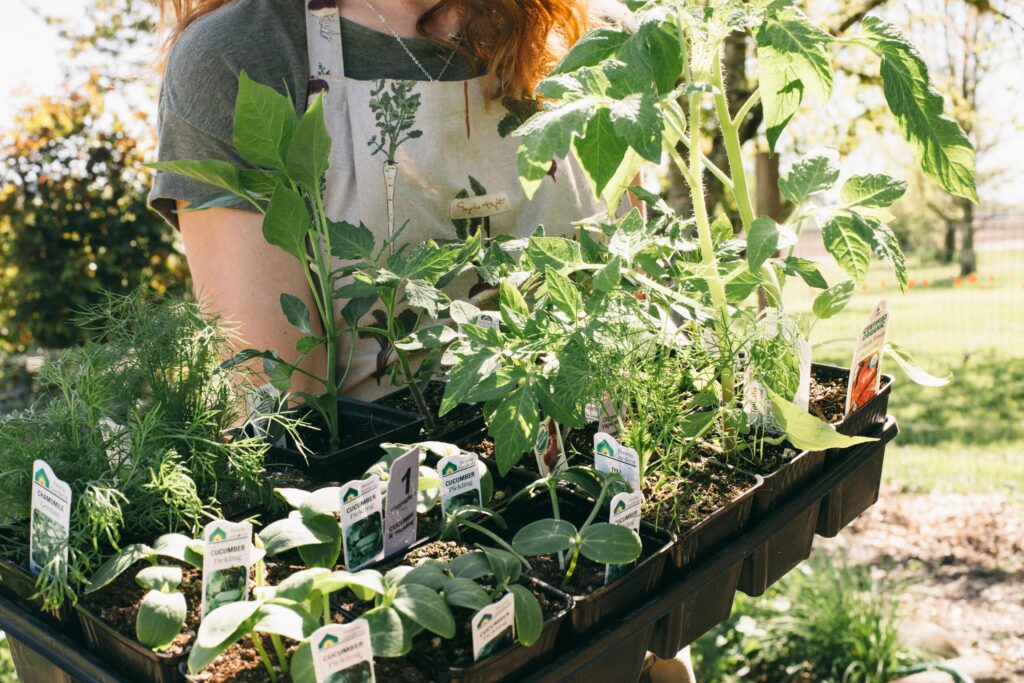
Buying starts for your garden
Another method that I use in my Potager (and Cottage) garden is buying plant starts. In the Spring, plant starts are almost harder to avoid than they are to find. Here are a few places to look for quality plant starts:
- A local nursery. My favorite local nursery is Godfrey’s. Their prices are great and most of their seedlings have been grown on site or just miles away at a local farm. It feels really good to hand my money directly to the owner of the business. I love supporting a fellow farming family!
- Online. A lot of seed companies now offer starts online. This can be a little riskier, as the plants have to travel in a dark package and can get damaged or stressed during transit. But I have definitely tried it! A few specialty items like rhubarb, sweet potatoes and strawberries have worked well in my garden. I saw recently that Azure Standard is offering plant starts as well. Give it a try!
- The farmer’s market. Local farmer’s markets are everywhere these days, thank goodness! And usually in the Spring, plant starts are abundant in their booths and stalls. Go grab what you need and hand your money straight to the farmer themselves. Usually, they are happy to keep in touch if you have questions later on.
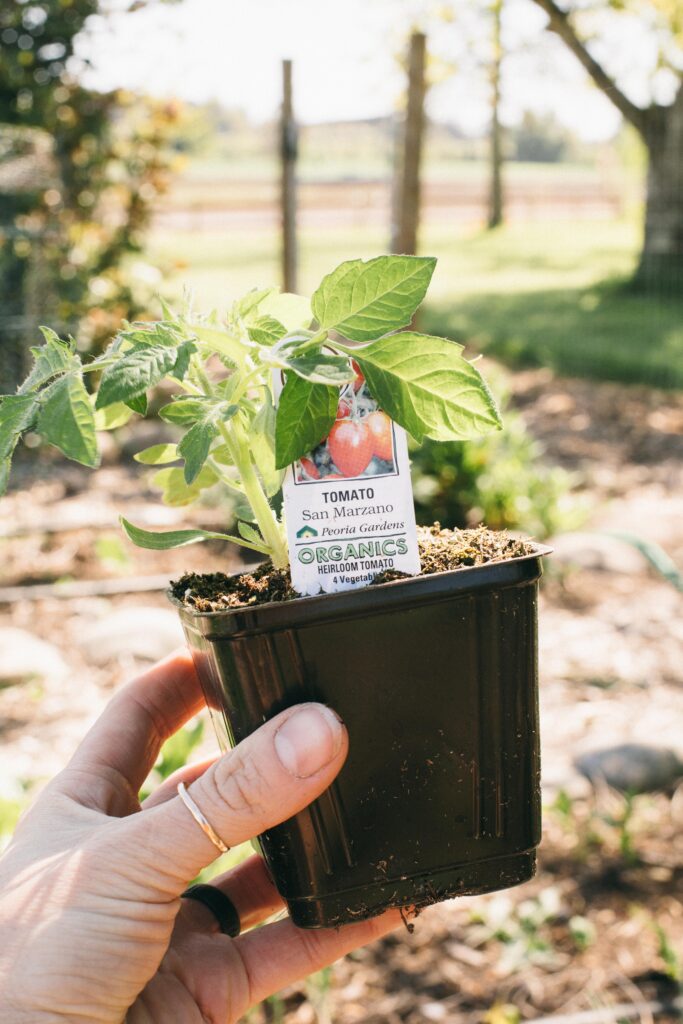
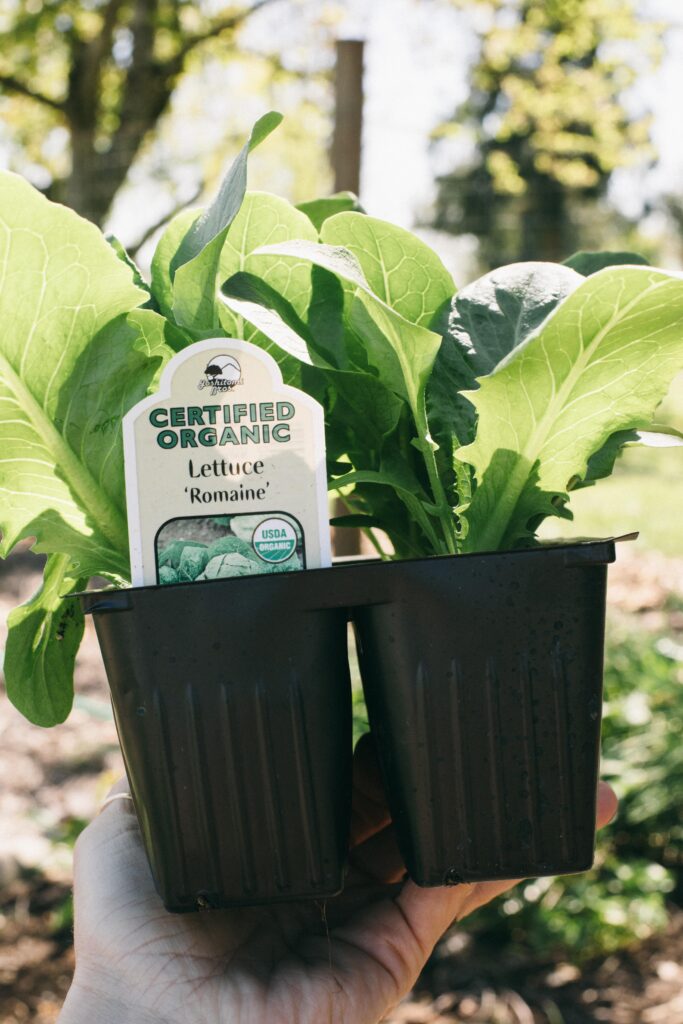
What kind of garden is best?
This may be old hat to the more seasoned gardeners out there, but for anybody relative new to the “sport,” it’s nice to be reminded of the different options. Once you’ve figured out where to find seeds, source starts, and get started indoors, etc., you want to make sure you have somewhere to plant all that stuff when the sun starts to shine!
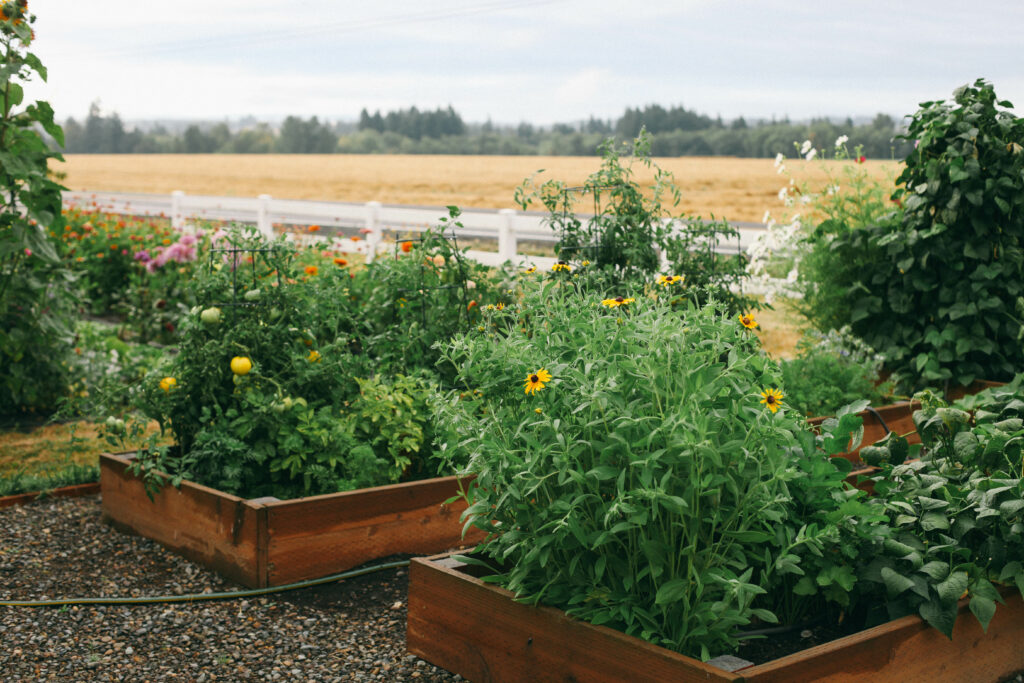
3 different ways to garden:
Planting your garden in raised beds
Raised beds are GREAT. Though I’m not currently using them in my Potager garden, I plan to incorporate some in the future. My last garden had 3 large raised beds made of wood, though I think this time I’ll go for the corrugated metal variety, We’ll see!
Pros: Weed pressure is significantly less, as you are bringing in virgin soil. You can even put weed tarp under the beds to prevent native weeds from creeping in.
Cons: Expensive! Making or buying the beds costs money, filling the beds costs money and refilling the beds each year costs money.
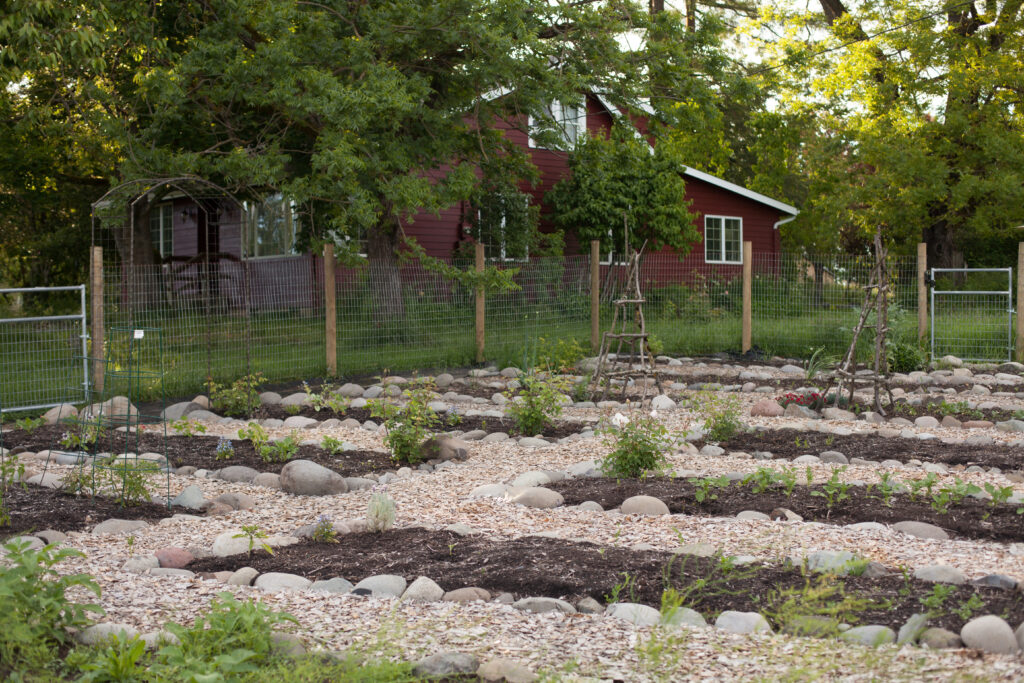
Planting your garden in the ground
Here at Bramblewood, the Potager garden is technically in-ground, though I have used stones to line the beds and delineate from the wood chip paths. It has been a test of my determination, as the native weed seeds living in the soil are strong and healthy. But using the No-Dig Method has helped me tame most of them, and heaping on healthy layers of fresh compost in the Spring and Fall is helping as well.
Pros: Planting in the ground is CHEAP! The dirt is there already and you can make yourself a big old garden for next to nothing.
Cons: WEEDS. As I mentioned, the native weeds run deep in most soils. Planting in-ground is definitely more high-maintenance. You might also want to think through accessing your growing spaces vs. walking spaces. You don’t want to be walking on the soil you are planting in, and this can be tricky with in-ground gardens unless you divide things with paths, etc.
Planting your garden in containers
Container gardening is a great compromise if you live more urban, if you have some limitations or for those tricky plants which don’t play nicely with others (ahem, MINT). You can find any kind of container imaginable to plant your precious plants in, and it can be a truly beautiful way to garden. Monty Don plants a bulb garden entirely in containers every Spring and it’s so inspiring!
Pros: Weed pressure is low. Can be really beautiful and easy to arrange or transport. You can garden anywhere.
Cons: You HAVE to be on top of watering. Containers dry out easily and quickly, so if you don’t have a method of automatic watering, you will need to be devoted to your pots. Space is also an issue sometimes, especially as plants grow and expand through the season.
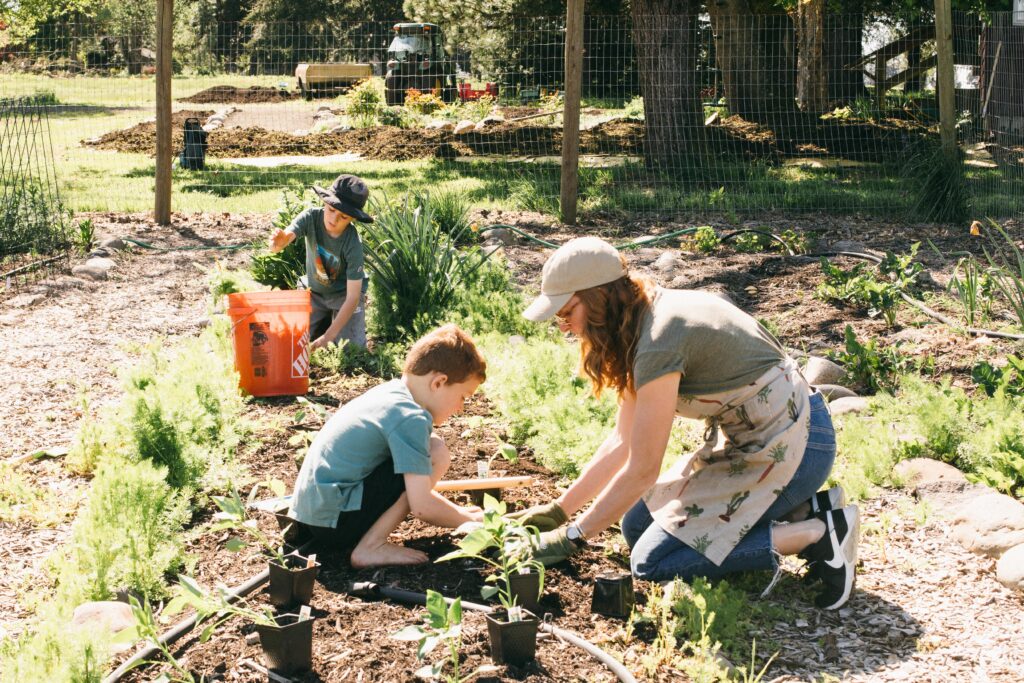
Factors to keep in mind when planting your garden
When you decide which method you are going to use, it’s time to make yourself aware of a few other factors which can affect the success of your growing season.
- Sunlight/shade. Does your garden get full sun or partial shade? What time of day is it sunny? What time of day do things get shaded out? Light is a huge factor when it comes to growing many flowers and veggies, and you’ll want to be aware of what each plant prefers when selecting a home for them.
The western 1/3 of my garden is shady in the afternoons, but this isn’t a bad thing! I use that section to plant more tender things like peas, lettuces, leafy herbs and radishes. They like the cool afternoons and it keeps them crispy when I come out to clip them for dinner. - Soil drainage. I used to think that a good garden needed to be perfectly flat, but actually, it’s a HUGE benefit to have a garden on a slight slope. Especially here in Oregon, this ensures that the soil will drain properly and leave the plants moist but not soggy. If you do have sections of your garden which are a bit soggier than others, just make sure you have water loving plants settled in that location. They will thrive!
And don’t forget…
- Access to and ease of watering. A garden needs water. It just does. And you need to figure out a realistic way of making that happen. Sprinkler systems or drip irrigation are ideal, hoses and soaker hoses will do the trick, and occasionally hand watering can tide you over. But I wouldn’t recommend relying on hand watering all season long. We’re all human, and I’ve learned from trial and error that relying on your own man power to water the garden sufficiently can be a recipe for failure.
- Safety. By safety I mean WHO has unauthorized access to your garden and HOW can you keep it safe from them? Do you struggle with deer? Are chickens tearing up your beds? Birds eating all your sunflower seeds?
I put a 6′ fence around my garden to keep cats, chickens and children OUT and all my beautiful plants IN. My boys help me in the garden all the time, but the fence keeps them from running through and doing accidental damage.
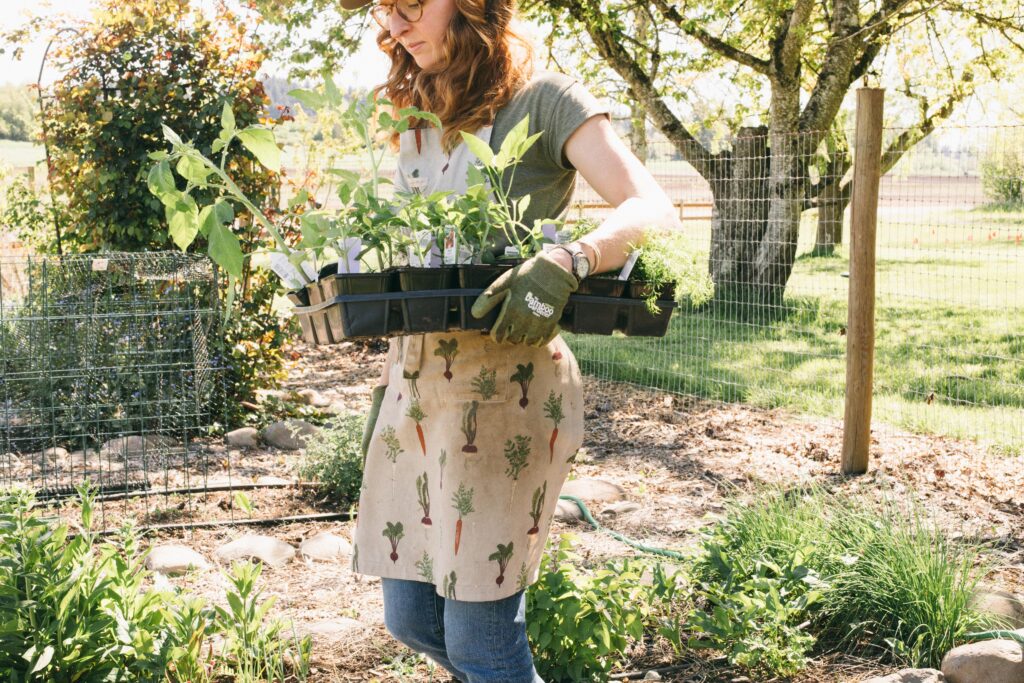
Start your garden today!
Well, I hope I’ve been able to encourage you that there is truly no wrong way to plant a garden. Anyone can do it! Any way! And I really hope you will try. Leave a comment below and share your garden plans and favorite methods.
And don’t forget to pin the image below and share these tips and tricks with fellow plant lovers. Happy gardening, friends!
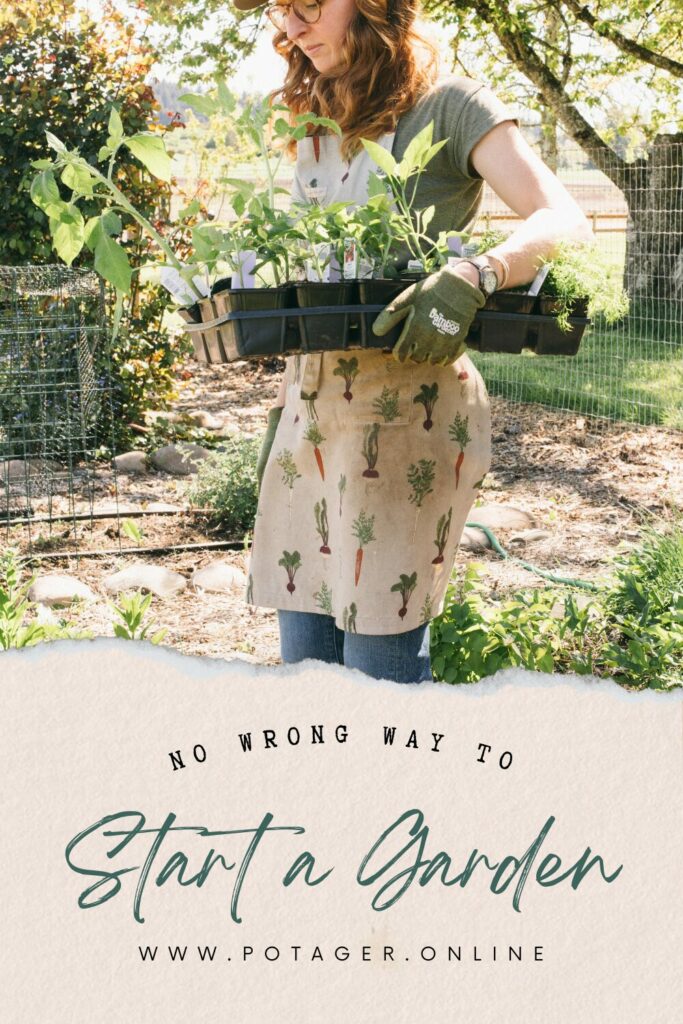
Kali
About Me
Hi! I’m Kali. Oregon mama, farmer’s wife and creator of the Potager book and blog. Join me and as we cook and garden the seasons!

